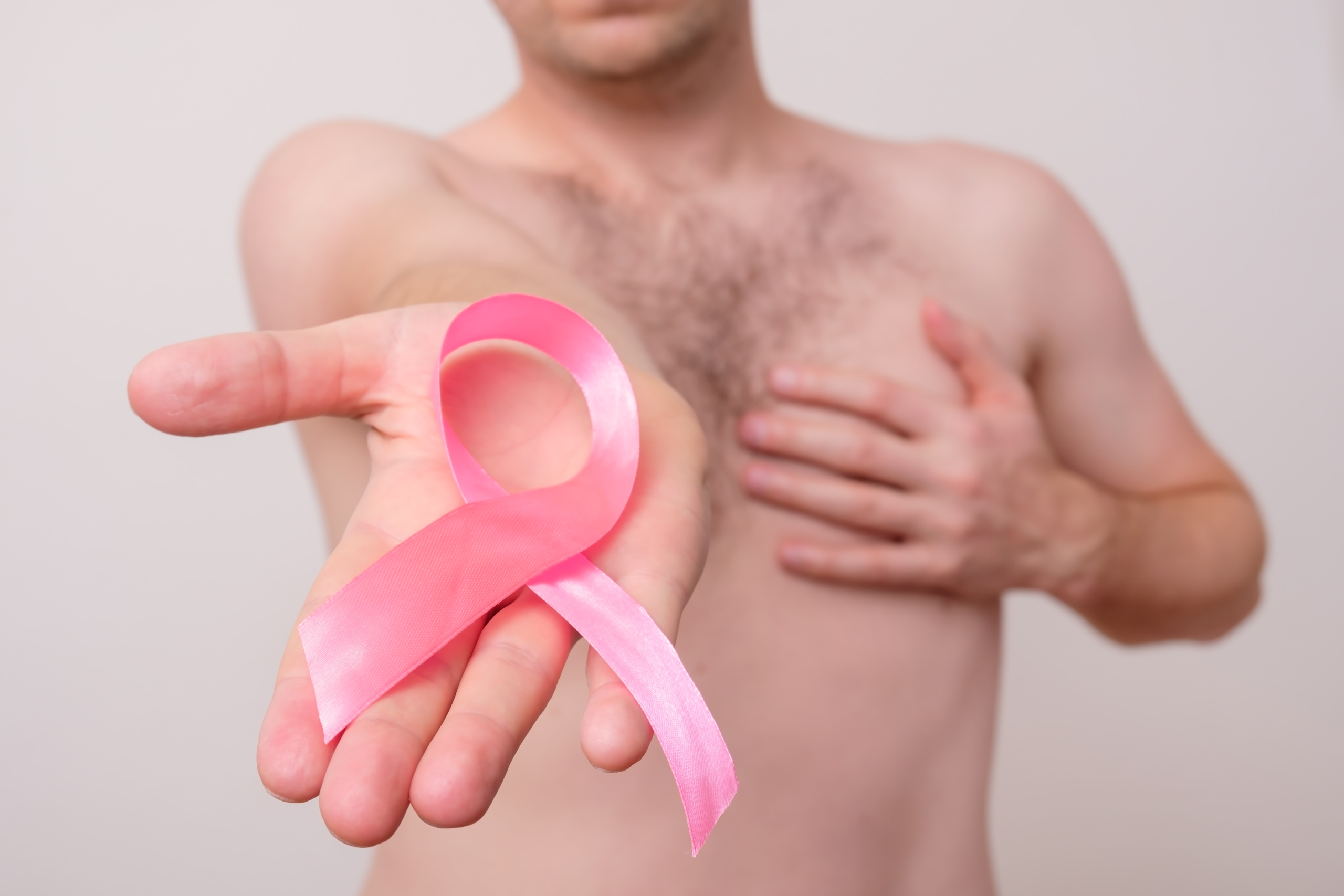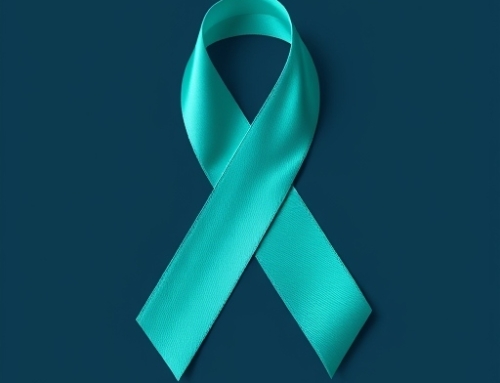As we embrace Breast Cancer Awareness Month, it’s crucial to remember that breast cancer doesn’t discriminate based on gender. While breast cancer is often associated with women, men can also develop this disease. Male breast cancer is a less common but equally important concern that deserves our attention. In this blog, I’ll delve into the world of male breast cancer, exploring its prevalence, risk factors, symptoms, diagnosis, treatment options, and the need for awareness and support.
The Prevalence of Male Breast Cancer
Male breast cancer accounts for less than 1% of all breast cancer cases, but its impact can be just as devastating. According to the American Cancer Society, it’s estimated that in 2023, about 2,650 new cases of invasive breast cancer will be diagnosed in men in the United States, leading to approximately 530 deaths. While the incidence is lower than in women, male breast cancer should not be overlooked.
Risk Factors
Understanding the risk factors associated with male breast cancer is essential for early detection and prevention. Some risk factors include:
- Age: Male breast cancer is more common in older men, with the average age at diagnosis being 68.
- Family History: A family history of breast cancer, particularly in close female relatives, can increase a man’s risk.
- Inherited Gene Mutations: Men with mutations in the BRCA1 and BRCA2 genes are at higher risk of male breast (and prostate) cancer. These genes are also associated with breast cancer and ovarian cancer in women, and pancreatic cancer in both sexes.
- Exposure to Estrogen: Conditions that lead to an increase in estrogen levels, such as obesity or hormonal therapies, can elevate the risk.
- Klinefelter Syndrome: Men with Klinefelter syndrome, a genetic condition characterized by an extra X chromosome, have a higher risk of developing male breast cancer.
Signs and Symptoms
Awareness of the signs and symptoms of male breast cancer is crucial for early detection. These may include:
- A lump or swelling in the breast tissue: Any new or unusual lump should be promptly evaluated.
- Changes in the nipple: This may include redness, scaling, or inversion.
- Discharge from the nipple: Bloody or clear discharge is a cause for concern.
- Skin changes: Dimpling, puckering, or redness on the breast skin can be indicative.
- Pain: Although less common, breast pain can be associated with male breast cancer.
Diagnosis and Staging
Diagnosing male breast cancer involves a series of tests, including mammography, ultrasound, and biopsy. If cancer is confirmed, staging is essential to determine the extent of the disease and guide treatment decisions. Stages range from 0 (non-invasive) to IV (advanced cancer that has spread to distant organs).
Treatment Options
The treatment approach for male breast cancer is similar to that for women and depends on the stage and characteristics of the cancer. Common treatment options include:
- Surgery: This may involve a lumpectomy (removal of the tumor and surrounding tissue) or a mastectomy (removal of the entire breast).
- Radiation Therapy: Used after surgery to kill any remaining cancer cells.
- Chemotherapy: Administered to destroy cancer cells throughout the body.
- Hormone Therapy: Often prescribed for hormone receptor-positive cancers, hormone therapy can block the effects of estrogen.
- Targeted Therapy: Targeted drugs may be used to attack specific features of cancer cells.
- Clinical Trials: Participation in clinical trials can provide access to cutting-edge treatments.
The Importance of Awareness and Support
Male breast cancer is a less discussed and stigmatized topic, which can delay diagnosis and treatment. Therefore, during Breast Cancer Awareness Month, it’s essential to highlight male breast cancer to increase awareness and support for affected individuals.
- Early Detection Saves Lives: Encourage men to be vigilant about breast health and seek medical attention if they notice any unusual changes.
- Support for Survivors: Survivors of male breast cancer need emotional and social support. Communities, support groups, and online resources can play a crucial role in providing this support.
- Advocate for Gender-Neutral Research: Support research efforts that investigate breast cancer in all genders. Expanding our understanding of male breast cancer can lead to better treatment options and outcomes.
- Break the Stigma: Promote open conversations about male breast cancer to reduce stigma and ensure that men feel comfortable discussing their symptoms and seeking help.
Wrapping Up
As we come together during Breast Cancer Awareness Month to support those affected by breast cancer, let’s remember that this battle is not exclusive to women. Male breast cancer, although less common, is a real and significant issue that deserves our attention and support. By raising awareness, breaking the silence, and providing resources and compassion, we can make a meaningful difference in the lives of those affected by this disease, regardless of gender. Together, we can fight breast cancer on all fronts and move closer to a world where no one has to face this diagnosis alone.
The team at Chicago Genetic Consultants welcomes any questions about breast cancer in men and women, so please contact us with any questions!







